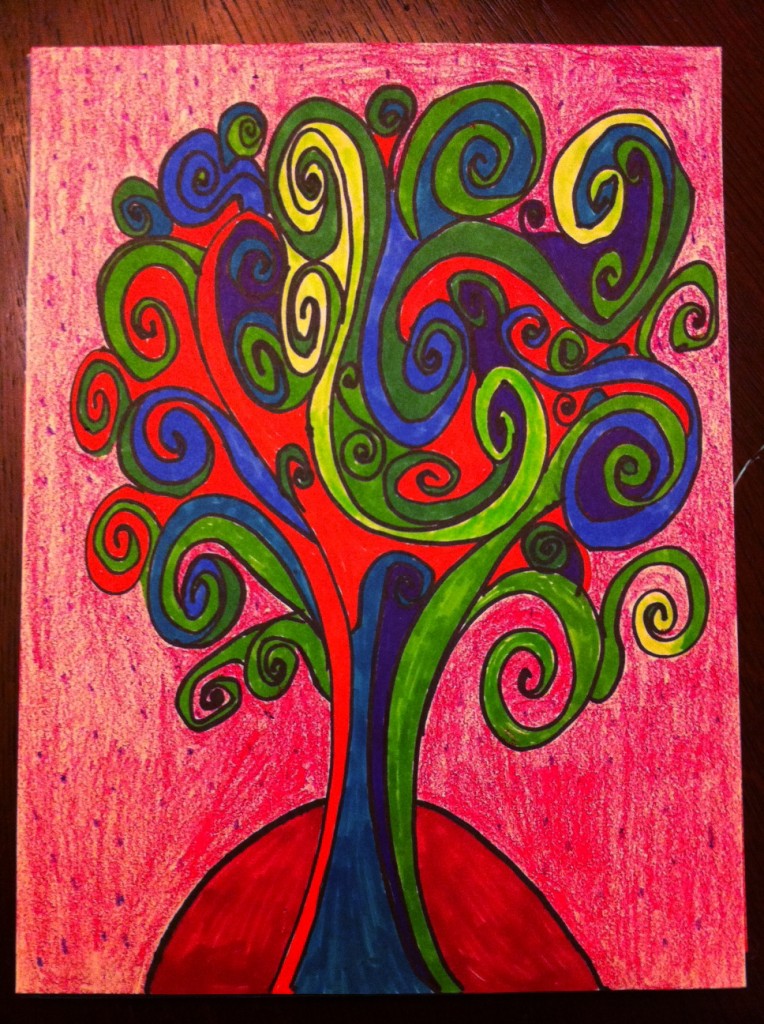
Recently, Jennifer Egan, Pulitzer Prize winning author of A Visit From the Goon Squad, regular New Yorker contributor, and New York Times journalist spoke at the Chilmark Community Center on Martha’s Vineyard where she (like me) has spent countless Augusts vacationing with her family being inspired by the natural beauty of the island. I was struck by how generous she was with her time, and how transparent she was with her process and also with how much she enjoyed her job as a writer. She seemed like someone constantly at play in the field of words. Here are some juicy details that she shared with us about her process, and about writing Goon Squad, a novel told in linked stories.
Time and Place
When Egan sets out to write a novel or story she starts with only two things: Time and Place. She knows little else about the story that will emerge from her imagination. She has no outline, no structure and no plan until after the first draft at which point she begins to outline obsessively. She’s well known for her experiments with structure and form.
She writes the first draft by hand in order to access her unconscious and she claims to write a lot of really terrible, cliché ridden prose in that first draft. She copies the whole draft onto the computer which she uses more as “a typing machine” than a creative conduit. All edits are made by hand and then retyped into the computer. Even her latest New Yorker story, “Black Box” which she tweeted was first composed in long-hand on small blocks of paper before live tweeting the story.
Curiosity and Behavior
In Chilmark, Egan revealed the origins of Goon Squad: “One woman sees another woman’s wallet on the floor of a bathroom and boom, that’s where I start the book.” Egan recounted a marvelous personal story (she’s great on her feet) about her own stolen wallet, and how the thief had phoned her posing as a bank representative. Egan, sobbing into the phone that she needed to catch a plane the next day, eventually revealed her PIN number to the poseur-thief before realizing she’d been conned. She used her Curiosity about real life “who is this woman and what was she thinking about me, about the wallet?” to initiate her whole fictional story. The character in Goon Squad who steals the wallet out of an OCD type of condition, works for someone in the music industry. From this spark the whole concept of Goon Squad is born. It becomes a story about the music industry and our relationship to time. Curiosity about the Behavior of her characters is a driving force of Egan’s prose.
Structure and the Pay-Off
Egan set up some limits for her book, letting the novel be the experimental thing it “was invented for.”
Each chapter needed to “stand on its own, have its own texture, and be narrated by a different character.” Her original Structure for Goon Squad told a story of the music industry chronologically going backwards in time. She discovered that this structure lacked the punch that she knew the novel needed. So she rearranged the stories in varying order in relation to time and this new structure delivered. She also made sure that each stand-alone-chapter had a big “Pay Off” at the end. These pay-offs in her story-telling are what make her writing so wonderfully satisfying to read. She doesn’t hold anything back. As a writer and in real life, Jennifer Egan is very generous with her readers. The pay-off is enormous for all of us.
Julie is a fiction writer, yoga teacher and licensed clinician in private somatic/ yoga therapy practice. She is the author of the widely read “365 Yoga: Daily Meditations,” a Tarcher/Penguin book that has been converted into a daily boxed set calendar published yearly by Sellars Publishers. Julie is writing a novel set in Kerala, India and you can join her next February 2013 on a Yoga Retreat to Southern India. Read more here: http://www.yogabliss.com or here: Awaken Yoga Bliss (Facebook).
